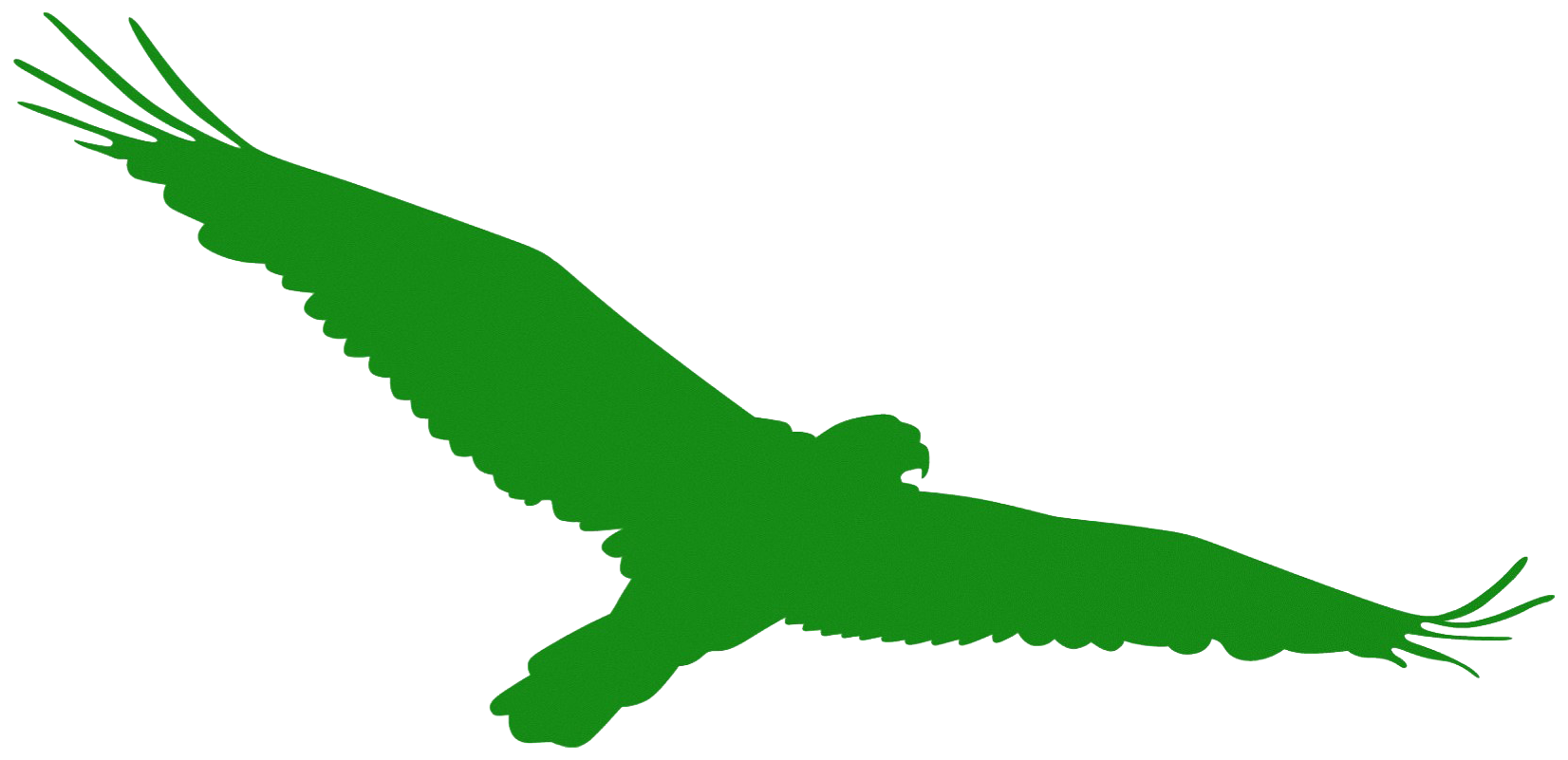Skip to content
Academics
STAFF
Parents
Calendar
Show submenu for Resources
Show submenu for
1st Grade
First Grade Curriculum Overview
Reading
First graders want to read, listen to, and talk about a wide range of books, including picture books, poems, short chapter books, and short informational materials. They are able to predict, sequence, and summarize story events. They expect the text to make sense, and, if necessary, they make a second attempt and reread. These students talk about themselves as readers.
Writing
First graders are expected to be able to write narratives, opinion pieces, and informational books. They use both words and pictures. They use phonetic or “temporary” spelling as a strategy, but are growing in their knowledge of standard spelling. They should use capitalization and punctuation. Also they will learn all the 5 steps of the writing process: prewriting, drafting, revising, editing, and publishing.
Mathematics
The mathematics curriculum is organized into four strands:
(1) numbers base ten; (2) measurement and data; (3) geometry; (4) operations and algebraic thinking. Problem-solving strategies are embedded into each of the 5 strands.
Social Studies
First graders build on kindergarten concepts related to other children, families, home, and school. They compare their own home and school life with children in environments and societies different from their own. During this year, they become more individually responsible. We also learn about different cultures and holidays around the world. Social Studies strands: economic literacy, civics and government, history, geography, and culture.
Science
The focus for first grade students is using their senses to make observations and using their own rules to classify living and nonliving objects.
Science Strands: forces and motions, earth in the universe, earth systems, molecular biology, and ecosystems.
